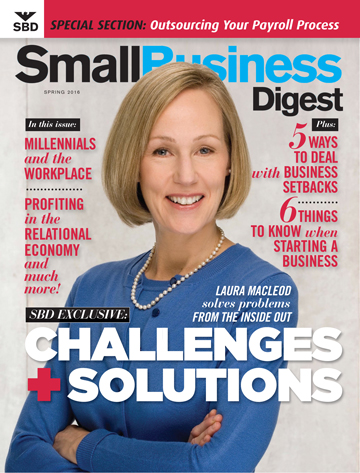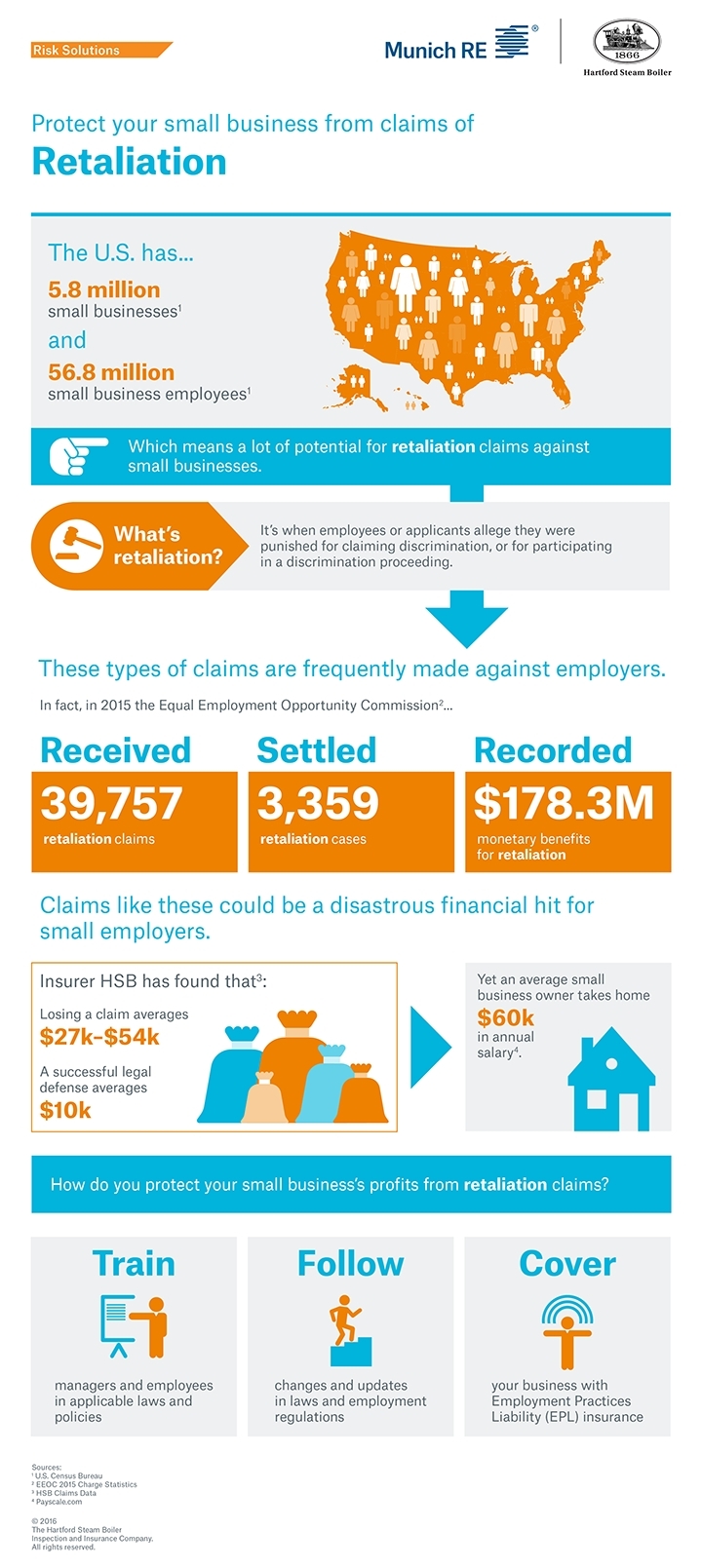Five Common Brand Building Obstacles
Someone has a great idea for a business. They just know it’s going to succeed. They’ve turned their den into an office and updated their social media. Now they sit back and wait until the business becomes the talk of the town.
Of course, that’s not how it works.
According to Carolina Rogoll, “to create a successful brand takes strategic thinking and the need to know what not to do as much as what to do. As a branding professional, marketing professor and the author of “Star Brands: A Brand Manager's Guide to Build, Manage & Market Brands” she suggests there are five obstacles to avoid in building a brand.
- Wait to build a brand until it is “successful.” On Day 1 – actually before Day 1 - spend the time articulating who and why it is -- why the brand exists, what it offers to consumers, and what the owner wants to do better than anyone else. Conceive the brand before creating the business.
- Disregard the market place. If the owner believes their services stand alone in the industry – chances are they don’t. The owner needs to understand where it stacks up in the market and how the market it competes in behaves. Lack of understanding of competitors and market dynamics - demographics, industry regulations - will limit the company’s ability to compete. Once the current business environment and brand situation is defined, the company can begin to move forward.
- Trying to be all things to all people. Don’t try to cater and talk to all consumers. Define the company’s unique customer. Having a target in mind will help focus the brand’s efforts, such as communication and product development. Follow the 80/20 rule – 80% of potential target market probably won’t buy from the company’s offering, so figure out who the 20% is and focus on them.
- Skip market research because there are no dollars to spend: Testing the product and marketing activity can help focus efforts and money where they matter most. For example, social media allows customers to talk to the company, so solicit opinions, swallow pride and listen! In interactions with customers, offer them incentives like free product to tell what they think. If measure how well a marketing activity works – a discount, an ad -- pick a specific time frame, region or target and compare sales before and after the activity to measure impact.
- Leave the “long term planning” for later. It’s hard to think long-term when tackling the day-to-day challenges of a business. However, the role of a business owner is to set and share their vision. Articulate what is to be achieved, where the company wants to take the brand and what success looks like. A bold and succinct long-range vision keeps company leaders aspiring for growth while staying on path, filters the right opportunities, and motivates the people who will carry your business to success.Five Common Brand Building Obsatcles




